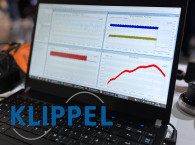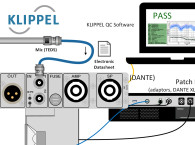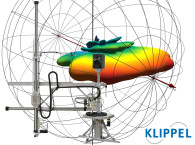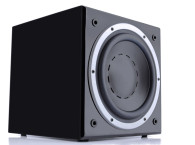
The new dB-Lab 212.616 and QC 7.5 maintenance update now adds the ability to extract comprehensive TEDS sensor data, and load the latest Klippel Analyzer 3 (KA3) firmware version 1.3. In the R&D Modules, the Near Field Scanner System (NFS) gains microphone calibration curves integrated into NFS Processing modules to compensate for high-frequency roll-off and increase the precision of spatial data. There's also a new Transfer Function Measurement (TRF) with calculation methods of Integrated bands and band averages modified for consistency with IEC 60268-21/23. With this update, the Kippel Controlled Sound (KCS) monitor software now gains support for the new Nuvoton NAUG60 chip series and evaluation board.
Specifically for the QC 7.5 software update, users will find new QC Automation examples using Python, including the ability to save results to txt file, list all tasks of operations, extract and plot results from running QC instance, and list properties of reference units such as serial number and status. There were minor improvements and maintenance changes, such as in the sensor handling for wave files.
In the beginning of 2023 Klippel has approached and implemented a completely new approach to long-term testing. Named Klippel Endurance Testing (KET), it delivers an easy-to-use, multi-channel, long-term, power and accelerated life test solution for typical quality assurance (QA) applications such as validation checks or type approvals. Relying on commercial smart amplifier hardware, KET can easily be scaled cost-efficiently up to 64 channels per control PC.
In the latest update, Klippel announces a further significant revision to the Klippel Endurance Test. KET has now the ability to calibrate the individual channels of Powersoft's Mezzo power amplifiers to increase the accuracy of voltage reading and voltage at the amplifier output. A fast, semi-automatic procedure - now an integral part of the hardware setup - guides the user through the voltage reading calibration. External measurement equipment is not required.

The software update also provides extended analysis features for Klippel's Multi-Tone Measurement (MTON) and Time Frequency Analysis (TFA) R&D modules. The Multi Tone Measurement (MTON) module expanded its analysis of statistical signal distribution. Probability density analysis is available not only for the stimulus but also for related states with similar wideband content, like sound pressure, voltage and current. These can be compared side by side with diaphragm displacement, which potentially shows a quite different probability density distribution (due to low pass filtered characteristic with a cut-off at fundamental resonance). Of special interest for a speaker designer is the dynamically generated offset. As shown in the figure below, it moves the coil inwards by 20% of the peak excursion (note the normalized x-axis) and may cause instabilities or defects.
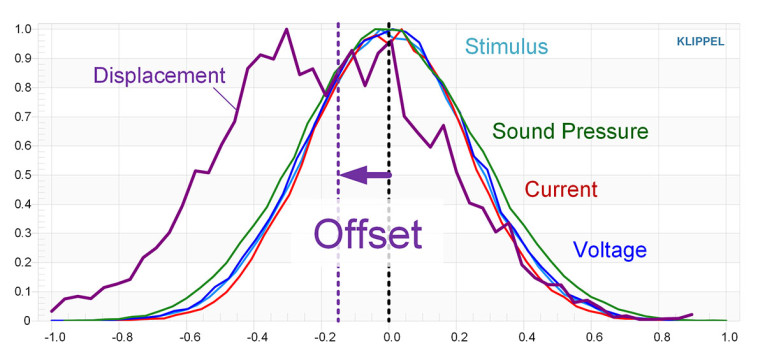
The Time Frequency Analysis (TFA) received updates both concerning its user interface – now featuring synchronized cursors for time and frequency range selection – as well as additions to reverberation time analysis. The latter is now available per frequency band, fully compliant with IEC 60268-23 and features a new, convenient way to check the validity of results in each band. Green bars indicate valid data with sufficient signal-noise ratio to derive reverberation time, as shown in the example below.
TFA automatically checks for noise corruption and insufficient impulse response length and shows appropriate warnings and errors. The global reverberation time is marked as a dashed line. Important applications for frequency-dependent reverberation time are the analysis and design of listening rooms as well as the calculation of the room transfer function or room gain defined in IEC 60268-23.
www.klippel.de





